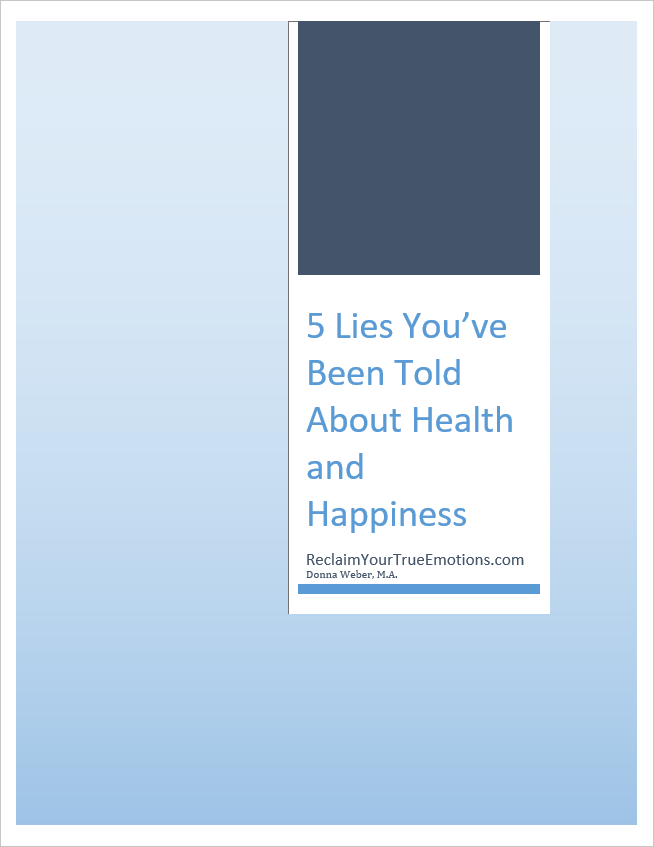Getting in touch with your true emotions might be something you’ve never even thought about.
How could your emotions not be true?
Here is another way to think about your emotions. Some emotions are true and reflect the present moment. These are supportive emotions that help you live the life you dream about. Others are unresolved emotions from childhood. These emotions limit you, hold you back, and can even affect your health.
Read on to learn more about your true emotions.
How emotions work
Understanding how your emotions work will help. In Molecules of Emotion: The Science Behind Mind-Body Medicine (1999), author Candace Pert tells us that your emotions are chemicals (neuro peptides) produced by your brain. The cells in your body have receptor sites ready to receive these chemicals.
Your cells receive this emotional information and take action. Your body feels different depending on the emotion. When you are angry, your body tenses up and prepares for action. When you are happy, your body feels open and expansive.
True emotions hook into the receptor sites depending on what is happening in your life. When things change, these emotions are released and new emotions take their place. These emotions are valuable resources and help you live the life you dream about.
Childhood trauma can disrupt this natural process. The emotions felt during a trauma can overwhelm a child. These painful emotions become stuck in the receptor sites waiting for resolution.
These stuck emotions can create problems for you.
- Your stress level is increased. Even if you are not aware of it, your body acts like the trauma is still happening. And in a way, it still is.
- You may have problems regulating your emotions. You may feel shut down and out of touch with your emotions. Or you may be too emotional and over react to everything.
- You may have health issues due to elevated stress levels. These stuck emotions trigger your system to produce stress hormones, which leads to chronic inflammation. Chronic inflammation leads to many diseases including heart disease, chronic pain, autoimmune diseases, and depression. See my post Are Childhood Traumas Keeping you Sick and Depressed? for a deeper discussion.
What can you do?
Releasing the past can seem scary. Dredging up all those painful memories is not something most of us want to do. You will probably run the other way at the thought.
There is a better way.
You can release painful emotions from the past without re-traumatizing yourself. Instead of trying to change the way you feel about a painful memory, you can work directly with the emotion.
When you work with an emotion you are working with a different part of your brain. This is the part of you that dreams at night. This is sometimes called the right brain.
Your dreams communicate using symbols, metaphors, and stories. In a similar way, you will be using something I call emotional poems to release the past. An emotional poem contains a lot of information in a small package.
You already know how to use emotional poems. Some common examples include: a broken heart, the weight of the world on your shoulders, a song in your heart, and boiling over with rage.
You can release or resolve emotions from the past by adding qualities and emotions you needed at the time of the trauma. Don’t worry. You won’t need to revisit the trauma to discover what you needed. Your right brain knows.
Using your imagination, you pick a helper. If you needed protection, you might pick a fierce dog. If you needed love, you might pick your grandmother. If you needed a spiritual solution, you might pick an angel. Your imagination is more powerful than you realize.
If you want more information or more detailed instructions, go to “Are you new to the site?”
(Image: amslerPIX)



